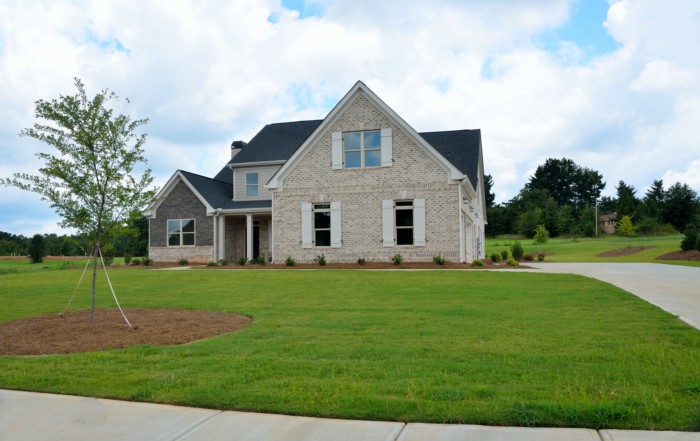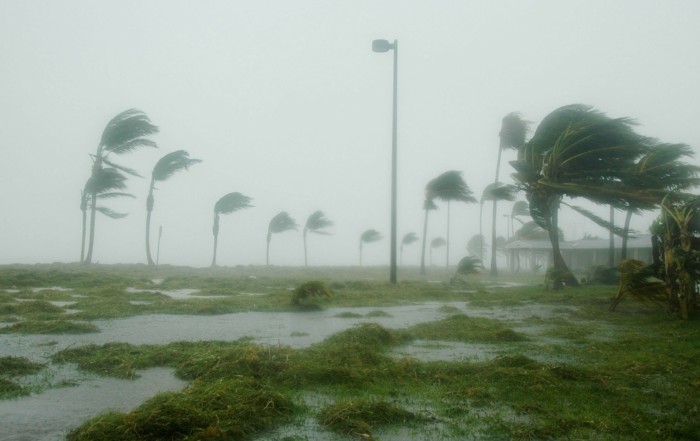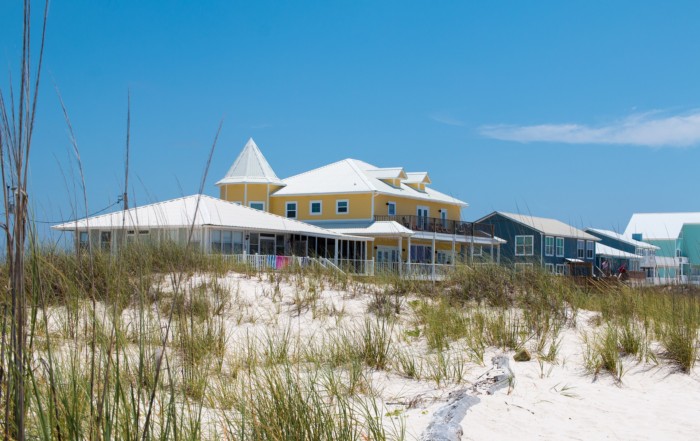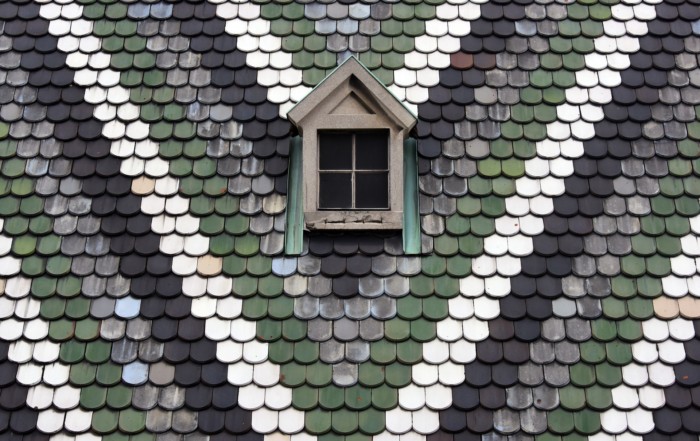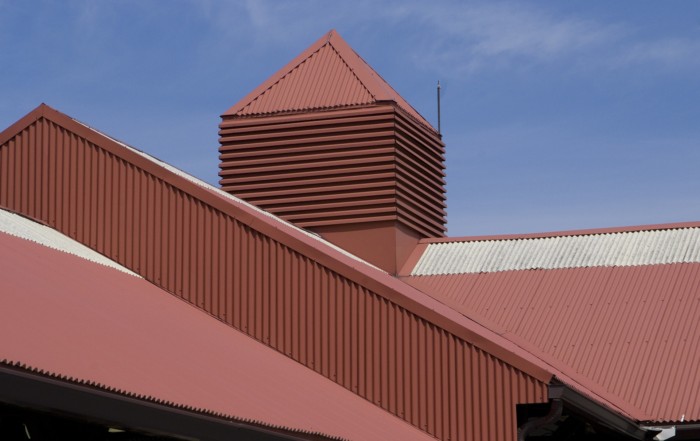If you own a residence or a commercial property with a flat roof, you may have different concerns regarding protecting the roof system and maintaining the value of your property. True, all property owners need to stay vigilant regarding water intrusion, but ponding is a worry only those buildings with a flat roof are likely to experience.
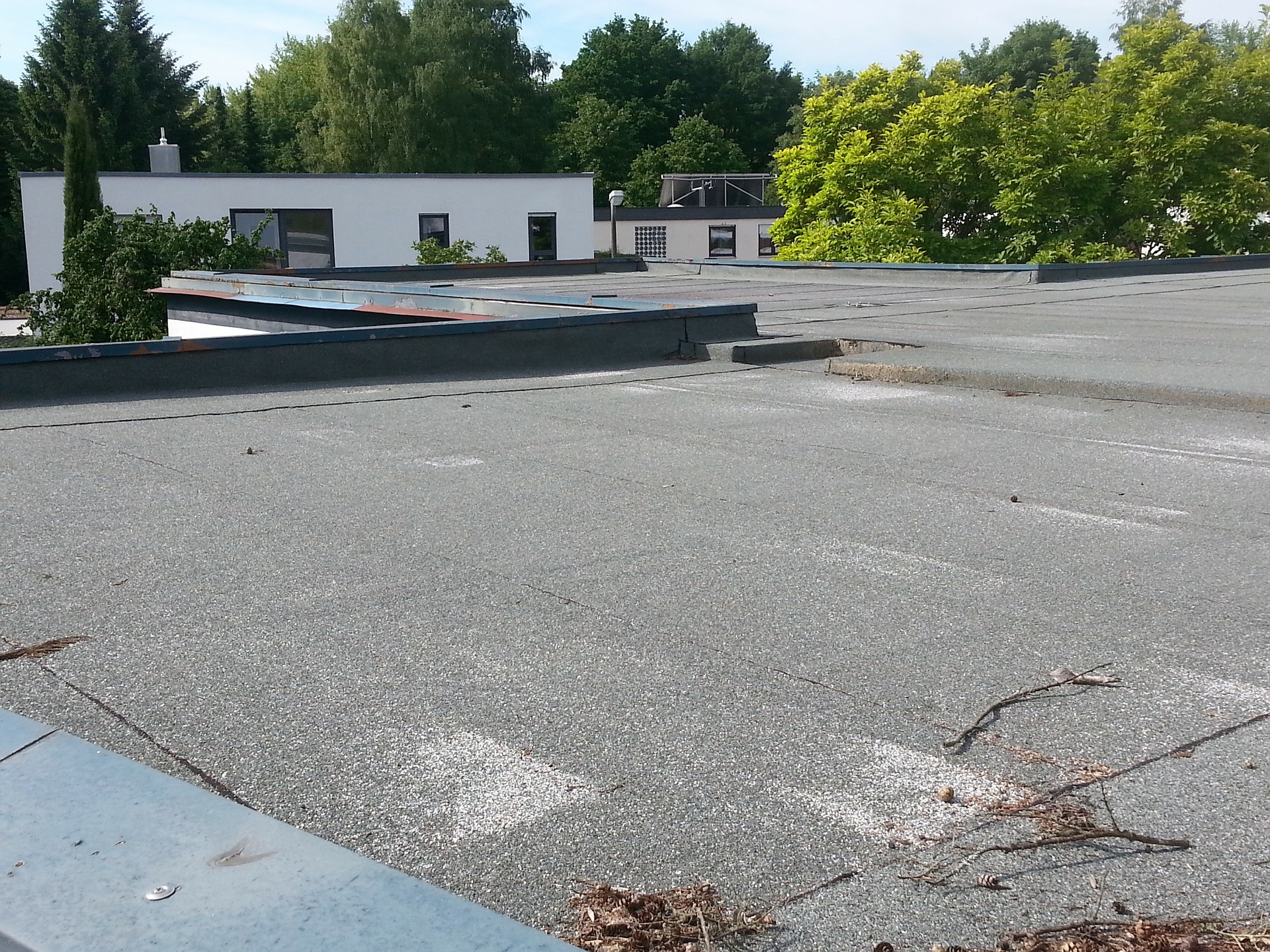
What is Ponding?
Ponding occurs when, after a storm or heavy rain, water collects in pools on the roof. Most pools of water will quickly drain off – or even evaporate – but owners should be aware of the signs that ponding has become an issue.
Roofs should be constructed in such a way that all water drains within 48 hours of the rain stopping.
If the ponding lasts more than a couple of days, it is time to call in a roofing professional to discuss options to mitigate any damage to your property.
It is important to point out that ponding is not usually an imminent threat, as roof membranes are composed of water-resistant materials.
However, although immediate leakage is not likely to occur, re-occurring ponding can cause damage to the roof and allow it to deteriorate before its time. The good news is, ponding will not cause rapid damage or even void a warranty.
It is simply good practice to maintain your roof to the highest standards in order to garner full life expectancy.
How Does Ponding Hurt The Roof?
* In intense Florida sun, a pool of water can focus and intensify the sunlight passing through it.
* Frequent water pools will, over time, degrade roofing materials.
* Water pools collect debris which remains in piles after the water is gone.
What is Causing the Ponding?
The possible reasons for the ponding you are seeing on your roof range from “simple to fix” to “major project.” For instance, if you have true structural problems which are not allowing the water to run-off as designed (damaged or improperly installed frames, joists, or beams), you may be looking at a challenging situation to resolve.
The good news is, there may be other reasons for the ponding which are easier to fix.
- Check if your roof has improperly installed drains. Positive drainage is designed to have water run towards the drains, but if there is anything obstructing the flow, such as a small lip, water may pool quickly. If water is backing up around the drain, it could be due to drainage issues, or plumbing issues.
- When the roof is frequently walked on, the insulation underneath can become compacted in areas, causing an indentation. This can also happen if the insulation has gotten wet, which often occurs as a result on small areas of ponding. An experienced roofing contractor can replace the insulation to fill in the indentation.
- Conversely, if water is not moving freely towards the drains, insulation may be removed to cause a slight slope to facilitate drainage.
- Protrusions from the roof can provide additional points of vulnerability. Air conditioning units, skylights, or vents placed around the flat roof may stop the intended flow of water and cause pooling or ponding in their vicinity.
Ask your Sarasota area roofing contractor if you need to install “crickets”, which are triangles of insulation which steers water flow around these elements. This solution is both affordable and easy to execute.
Conclusion
Because there are several possible situations that may cause these issues, you may need to troubleshoot with a professional contractor to determine the best solution for you.
The local experts at Avery Roof Services are well- versed in the unique problems that Sarasota property owners face. Call us today, and we’ll help you to fix any problem with your roofing system.



